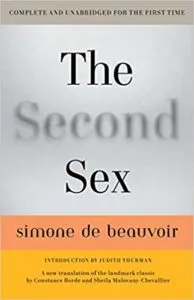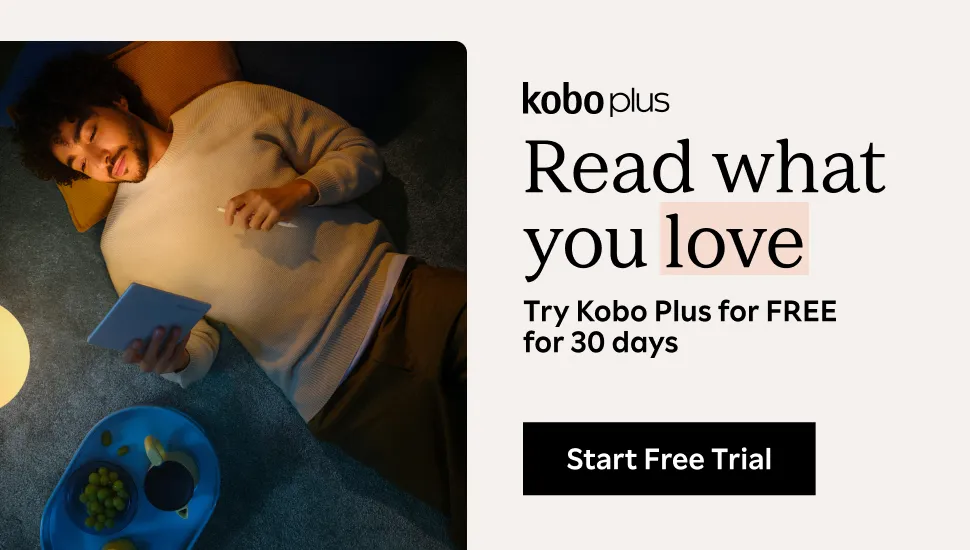
Meet the 4 Women Authors (of 103) Nominated for the 1969 Nobel
This content contains affiliate links. When you buy through these links, we may earn an affiliate commission.
The Nobel Prize for Literature has long had a woman problem. Not only in the sexual assault allegations that led to the postponement of the 2018 prize. But also in how few women have been recognized by the world’s most sought-after literary award.
Fifteen women have won the Nobel Prize for Literature in its century of existence. Six of these have been in the last 20 years.
Because of the way the prize is structured, it’s hard to know who was up for the prize. Information about Nobel nominations and are kept sealed for 50 years after the prizes are awarded. That is, we won’t know who was in the running against Peter Handke until late 2069 or early 2070.
So it is that we just found out—in mid-January 2020—which 103 authors were nominated in 1969. That was the year Irish absurdist Samuel Beckett won the prize. One hundred and three is a good number of authors to choose from. By comparison, there were 70 authors nominated in 1967, a year that five women were nominated.
Of the 103 authors on the list, many were also nominated in previous years. But 28 were newcomers, including several who brought global diversity to the list. Black French poet Aimé Césaire was nominated for the first time, as was Egyptian playwright Tawfiq Al-Hakim, Japanese author Yasushi Inoue, and Vietnamese writer Hữu Tường Hồ.
Argentinian author Jorge Luis Borges, Senegalese poet Léopold Sédar Senghor, and Iranian novelist Mohammad-Ali Djamalzade were also among the nominees in 1969.
Still, there seem to have been a vanishingly small number of women nominees in 1969.
Seghers (1900–1983), born Netty Reiling, was a German Jewish writer best known for her anti-fascist novels.
Over at Love German Books, Katy Derbishire wrote in 2010:
“Now if we’re going to go digging up dead German writers, Anna Seghers really ought to be one of them. She had a heck of a lot to say about the rise of fascism and resistance against it, complicity in it, and so on. Die Toten bleiben jung (1949), for instance, which the East German authorities didn’t really want her to publish – while very much of its time in the sense that the communists are all perfect – is a fascinating fictional analysis that spans various classes from 1918 to 1945. Great structure too. Or someone could put together a lovely anthology of her very good short stories.”
Her Transit has since appeared, translated by Margot Bettauer Dembo, and her Crossing: A Love Story appeared in 2016, translated by Douglas Irving.
Simone de Beauvior is probably the most recognizable woman on the list. Although best known for her feminist and philosophical writings—and for her relationship with Nobel winner Jean-Paul Sartre—she was also a novelist.
Her first major published work was the novel She Came to Stay (1943), built around a real-life love triangle between De Beauvoir, Sartre, and Olga Kosakiewicz. Other acclaimed novels by De Beauvoir include The Blood of Others (1945) and All Men Are Mortal (1946), although she’s better known for The Second Sex (1949).












